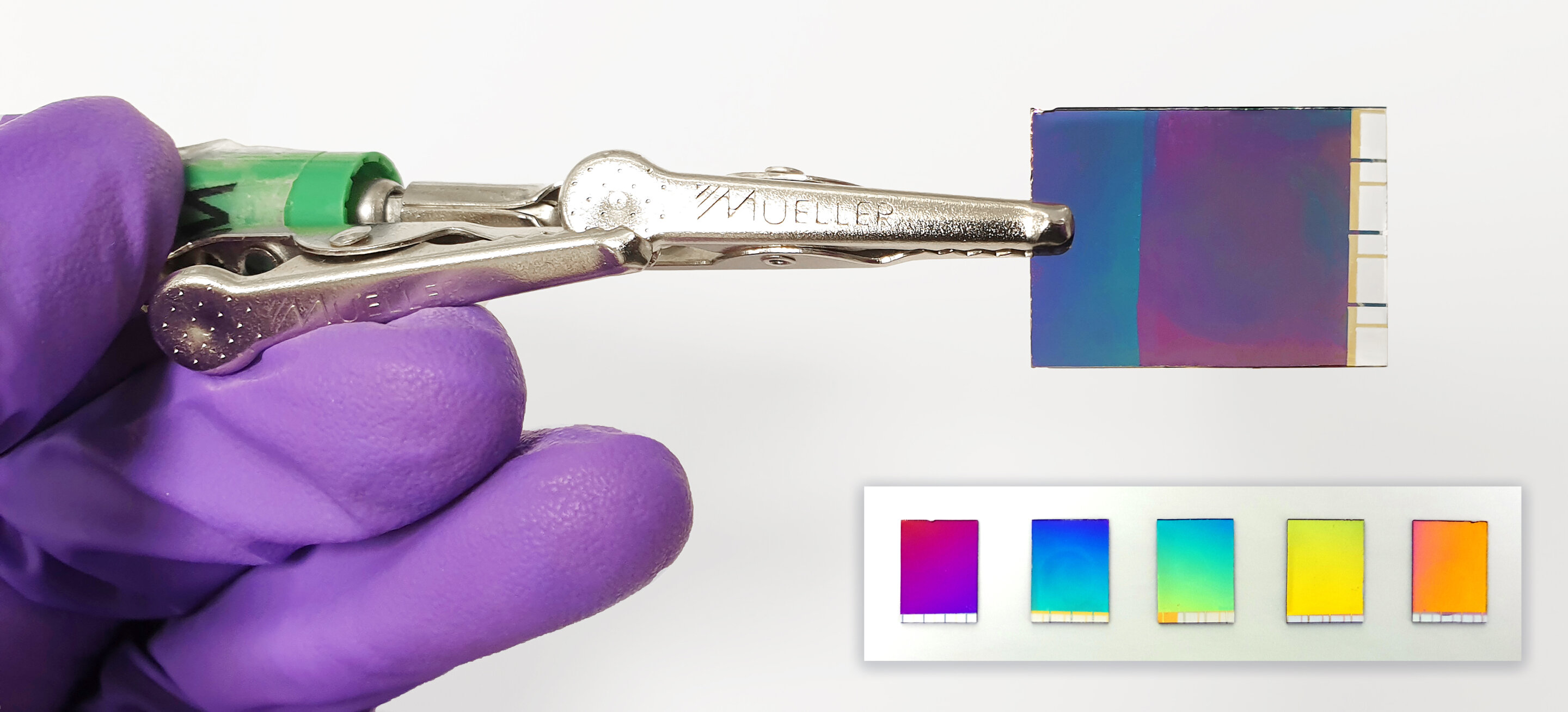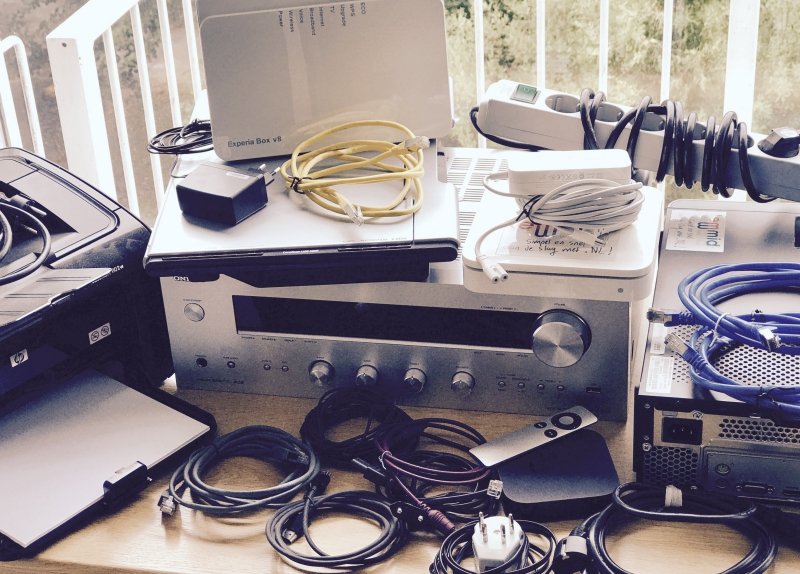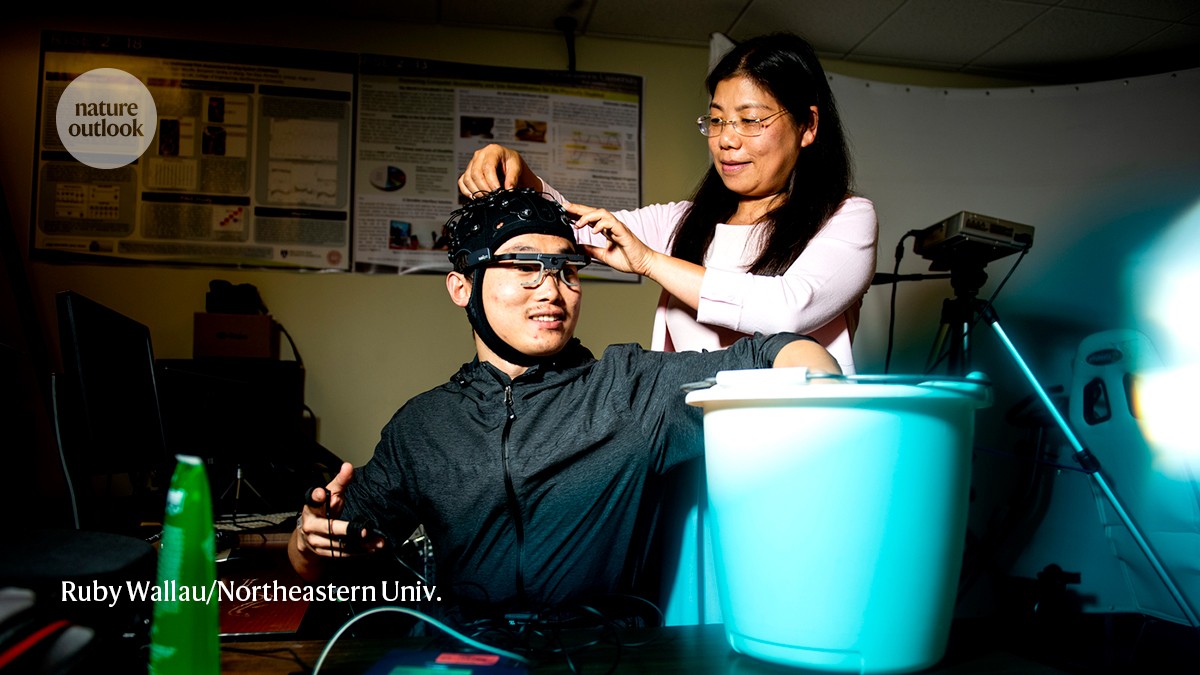
Light-induced rolling of azobenzene polymer thin films for wrapping subcellular neuronal structures
Communications Chemistry volume 7, Article number: 249 (2024 ) Cite this article
Neurons are essential cells composing our nervous system and orchestrating our body, thoughts, and emotions. Recently, research efforts have been focused on studying not only their collective structure and functions but also the single-cell properties as an individual complex system. Nanoscale technology has the potential to unravel mysteries in neuroscience and provide support to the neuron by measuring and influencing several aspects of the cell. As wearable devices interact with different parts of our body, we could envision a thousand times smaller interface to conform on and around subcellular regions of the neurons for unprecedented contact, probing, and control. However, a major challenge is to develop an interface that can morph to the extreme curvatures of subcellular structures. Here, we address this challenge with the development of a platform that conforms even to small neuronal processes. To achieve this, we produced a wireless platform made of an azobenzene polymer that undergoes on-demand light-induced folding with sub-micrometer radius of curvature. We show that these platforms can be fabricated with an adjustable form factor, micro-injected onto neuronal cultures, and can delicately wrap various morphologies of neuronal processes in vitro, toward obtaining seamless biointerfaces with an increased coupling with the cell membrane. Our in vitro testings did not show any adverse effects of the platforms in contact with the neurons. Additionally, for future functionality, nanoparticles or optoelectronic materials could be blended with the azobenzene polymer, and 2D materials on the platform surface could be safely folded to the high curvatures without mechanical failure, as per our calculations. Ultimately, this technology could lay the foundation for future integration of wirelessly actuated materials within or on its platform for neuromodulation, recording, and neuroprotection at the subcellular level.
For centuries, cells have been considered the biological building blocks of our organs and tissues. As such, they are often presumed to behave like a fundamental unit. However, predominantly in neuroscience, cells have been demonstrated to have a particular polarity1. For instance, certain activities only happen in specific subcellular compartments, trafficking moves in precise directions, and membrane proteins are heterogeneously distributed on the cell surface1,2,3,4,5,6. Similar to the human body and its task-specialized components such as legs, hands, eyes, nerves, and bones, neurons have axons, somas, dendrites, microtubules, or axonal initial segments where dedicated cellular processes occur. Therefore, probing and modulating subcellular regions of neurons can lead to discovering significant breakthroughs and to controlling cellular behaviors at unprecedented levels7,8,9,10.


















/cdn.vox-cdn.com/uploads/chorus_asset/file/25721493/Gb3zWbGbwAA5UAk.jpeg)








